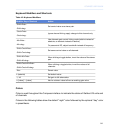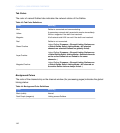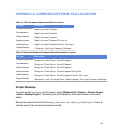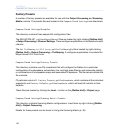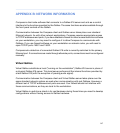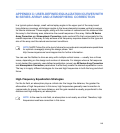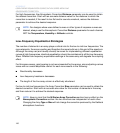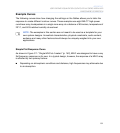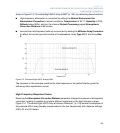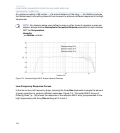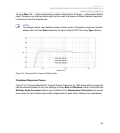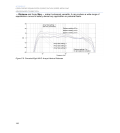
APPENDIX C: USER-DEFINED EQUALIZATION CURVES WITH
M SERIES ARRAY AND ATMOSPHERIC CORRECTION
In a typical system design, small vertical splay angles in the upper part of the array boost
long-distance coverage, while larger angles in the lower elements increase vertical coverage
for shorter distances. Those angles, along with the number of cabinets and the distance from
the array to the listening area, determine the overall response of the array. Galileo M Series
Array Correction and Atmospheric Correction create custom EQs that compensate for the
overall response of the array to help achieve a flat frequency response based on the type and
size of the array and the natural environment conditions.
NOTE: MAPP Online Pro is the tool of choice for accurate and comprehensive predictions
for optimal coverage(s) during the design phase. Visit
http://www.meyersound.com/mapponline for further information.
You can use the Galileo to drive an array with multiple vertical zones — usually two or three
zones, depending on the design and number of elements. For designs where a flat response
is not desired (for example, user-defined equalization curves) use M Series Array Correction
and Atmospheric Correction parameters to effectively create the desired equalization curve.
The key is to apply different strategies for low and high frequencies in both the long and short
throw.
High-Frequency Equalization Strategies
For the far field, air absorption plays a critical role: the longer the distance, the greater the
attenuation of high frequencies. In this zone, high frequencies generally need correction to
compensate for energy lost over distance, and the gain needed is usually proportional to the
distance and high-frequency air absorption.
NOTE: In the near to mid-field, air absorption is not nearly as critical. Therefore, high
frequencies need less correction in this zone.
149



